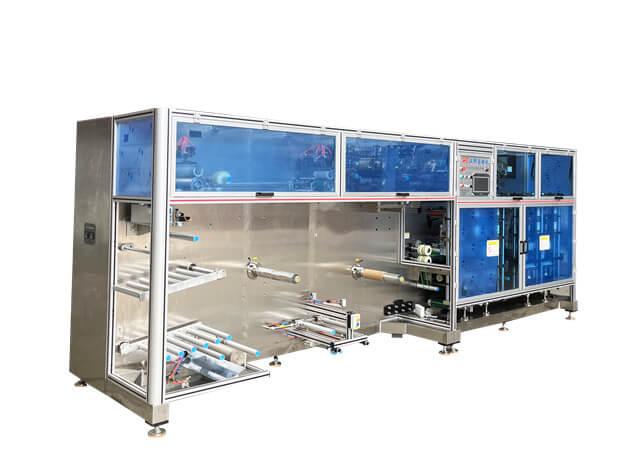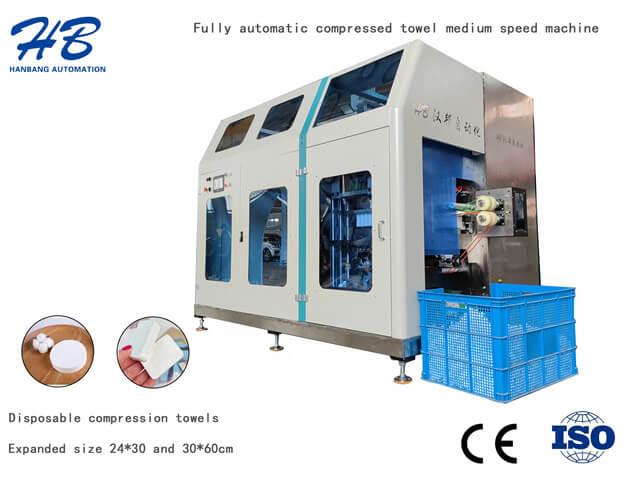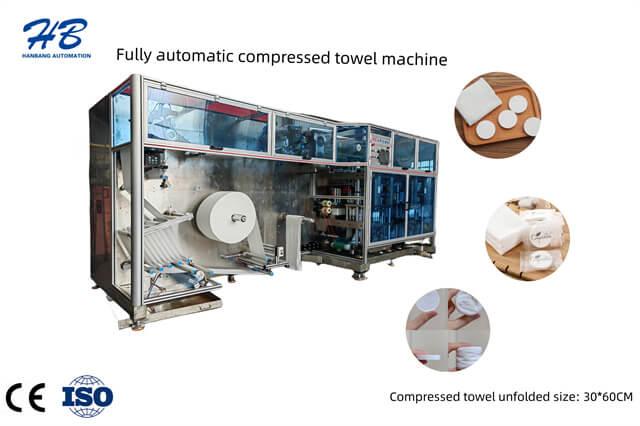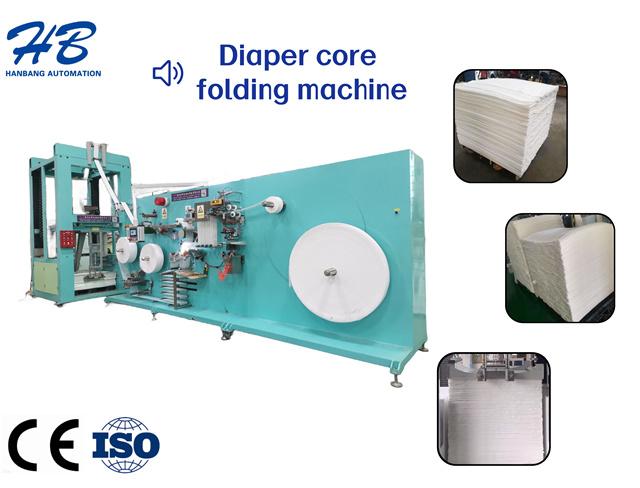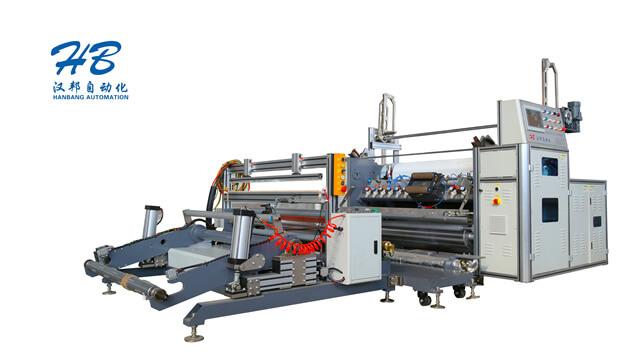Author:HB Nonwoven MachineryFROM:Compressed Towel Machine Manufacturer TIME:2023-12-11
Mastering the Operation of Non Woven Double Layer Lamination Embossing Machine
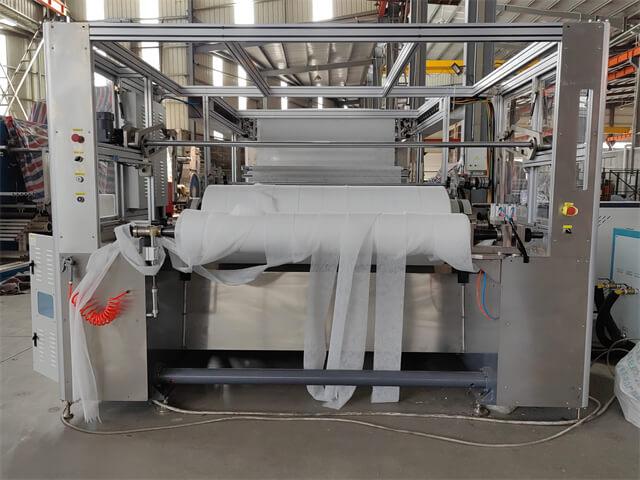
The non woven double layer lamination embossing machine plays a crucial role in the production of hygiene products such as diapers and sanitary napkins. This advanced machinery combines multiple processes to create a high-quality and reliable end product. Proper operation and understanding of this machine are essential for achieving maximum productivity and ensuring product quality. In this article, we will explore the various aspects of operating the non woven double layer lamination embossing machine.
The non woven double layer lamination embossing machine consists of several key components. These include the unwinding unit, lamination unit, embossing unit, rewinding unit, and control panel. Understanding the purpose and functionality of each component is critical for efficient operation. The unwinding unit feeds the non woven fabric onto the machine, while the lamination unit bonds two layers together. The embossing unit imparts a pattern or texture onto the material, and the rewinding unit collects the finished product. The control panel allows operators to monitor and adjust machine settings.
Prior to operating the non woven double layer lamination embossing machine, it is crucial to ensure that all necessary preparations have been made. This includes checking the availability of raw materials, inspecting the machine for any damage or wear, and confirming that all safety measures are in place. Additionally, adjusting the machine settings according to the desired product specifications is essential. Proper prepara
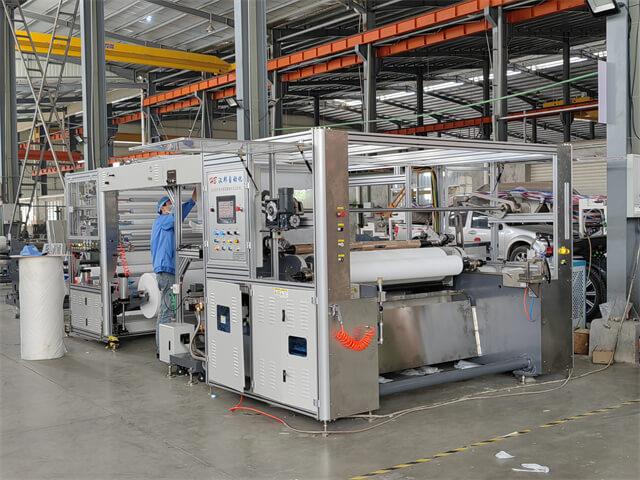
Once the machine is prepared, the next step is to load and align the non woven material. The unwinding unit should be adjusted to accommodate the width of the material, and it should be loaded onto the machine in a way that ensures smooth feeding. Proper alignment of the material is crucial to prevent wrinkles or misalignment during the lamination and embossing processes. Careful attention to this step helps maintain consistent product quality.
The lamination process is a critical step in the production of hygiene products. It involves bonding two layers of non woven material together using heat and pressure. Operators must ensure that the temperature and pressure settings are appropriate for the specific materials being used. It is also important to monitor the lamination process closely to detect any issues such as delamination or uneven bonding. Maintaining optimal lamination conditions is key to producing high-quality products.
Embossing adds texture and pattern to the non woven material, enhancing its functionality and aesthetics. The embossing unit of the machine applies heat and pressure to create the desired pattern or design. Operators must have a thorough understanding of different embossing techniques and their effects on the material. Proper adjustment of embossing parameters, such as temperature and pressure, ensures consistent and precise embossing results.
Throughout the operation of the non woven double layer lamination embossing machine, rigorous quality control and inspection procedures should be implemented. This includes monitoring the output for any defects, such as uneven lamination or embossing, and taking corrective actions when necessary. Regular checks should also be conducted on the machine's components to identify any signs of wear or malfunction. By maintaining strict quality control standards, manufacturers can deliver products that meet customer expectations.
Even with proper operation, issues may arise during the use of the non woven double layer lamination embossing machine. Operators should be familiar with common troubleshooting techniques to resolve minor problems. This may include adjusting machine settings, cleaning or replacing components,
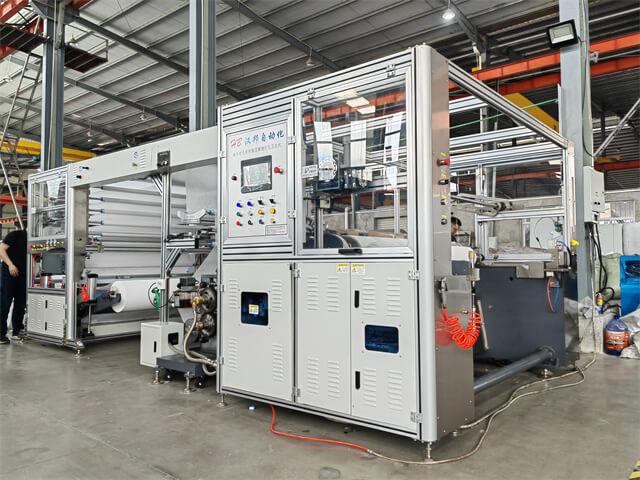
Lastly, operator training and safety are vital aspects of operating the non woven double layer lamination embossing machine. Operators must receive comprehensive training on machine operation, maintenance, and safety protocols. This includes understanding emergency stop procedures, proper handling of materials, and the correct use of personal protective equipment. By prioritizing operator training and safety, manufacturers can minimize the risk of accidents and ensure smooth production processes.
The non woven double layer lamination embossing machine is a complex piece of machinery that requires careful operation and maintenance. By mastering the various aspects of this machine, operators can ensure efficient production processes and deliver high-quality hygiene products. From machine preparation to quality control and operator safety, every step plays a crucial role in achieving optimal results. With continuous training and adherence to best practices, manufacturers can maximize the potential of the non woven double layer lamination embossing machine.
